Healing Plants: How Greenery Improves Mental Well-Being
If your mind feels cluttered, a sprig of green may be more than decor; it can be medicine for the day-to-day. Healing plants, also known as plants for mental health, don’t just look nice: a growing body of research links indoor greenery to lower stress, improved concentration, a better mood, and higher workplace satisfaction.

This article explains how plants affect the mind, which species are most helpful, how to bring them into daily life, and practical tips so they actually deliver the mental benefits you want.
Why Plants Improve Mental Well-Being?
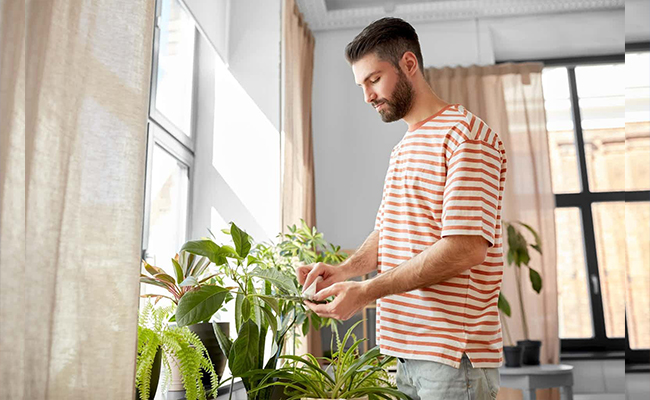
Biophilia and the Brain
Humans are hard-wired to respond positively to nature; this is the biophilia hypothesis. Even low-effort contact with plants (a pot on your desk, watering a succulent) can trigger calming feelings and a sense of connection.
Measurable Stress Reduction
Controlled studies show that interacting with indoor plants can reduce physiological stress markers (for example, changes in heart rate variability and lower diastolic blood pressure) and subjective feelings of strain. In short, caring for or even being near plants helps the nervous system relax.
Better Mood, Satisfaction and Productivity
Field studies in real offices report notable gains: employees in “green” offices reported higher well-being, better concentration, and a roughly 15% productivity uplift compared with very minimal, plant-free workplaces. Green offices also boost perceived air quality and workplace satisfaction.
Cognitive Gains - Focus and Attention
Laboratory and field studies indicate plants help attention capacity, memory and creative problem-solving - useful when you’re studying, working from home, or writing that stubborn report.
Cleaner Air - but with Realistic Expectations
A landmark NASA study, conducted in sealed chambers, demonstrated that certain plants can remove volatile organic compounds (VOCs) from the air. That finding sparked decades of interest. However, systematic reviews show that the real-world air-cleaning effect of a few houseplants is limited; you’d need very large numbers of plants (or specialised bio-filters) to match the effectiveness of mechanical ventilation or HEPA filtration. Still, many people report perceived improvements in air quality and comfort.
How Plants Help Reduce Stress Naturally
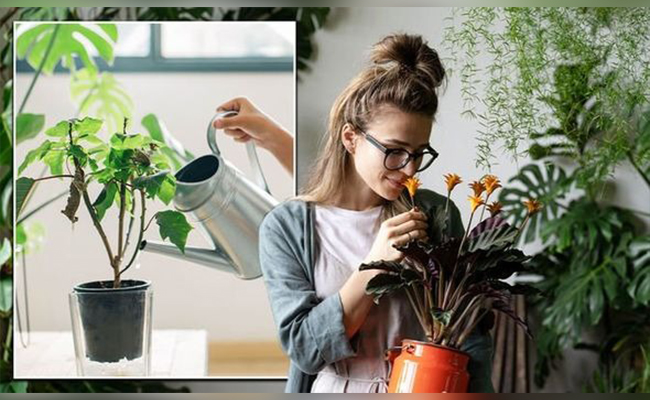
Here’s how these natural companions work their calming magic.
Reduce Stress and Anxiety
How it works: sensory calming (green colour, gentle leaf movement), routine (watering/pruning), and focused attention while gardening all lower rumination.
Practical picks: Lavender for its scent, Peace Lily for its calming presence, and Pothos for its easy care.
Boost Mood and Positivity
Why: Visual pleasure + sense of achievement from caring for a living thing.
Evidence: Office and home studies link greenery to higher happiness scores and perceived well-being.
Enhance Focus and Productivity
Mechanism: reduced mental fatigue and improved attention capacity.
Tip: keep small plants on or near the work surface so they’re in the peripheral vision - enough to soothe, not distract.
Improve Air Quality
What plants can do: Remove certain VOCs in controlled settings; increase humidity slightly.
Limitations: In normal rooms with ventilation, a few pots won't replace an air purifier or good ventilation; consider combining plants with mechanical filtration if air quality is a major concern.
Encourage Mindfulness
Why it helps: Routine plant care is a short, calming ritual that anchors the mind (micro-meditation). Use it to create minutes of stillness in a busy day. Adding plants to your living or working space is more than decor, it’s greenery for well-being that fosters happiness and positivity
Top Healing Plants for Mental Well-Being
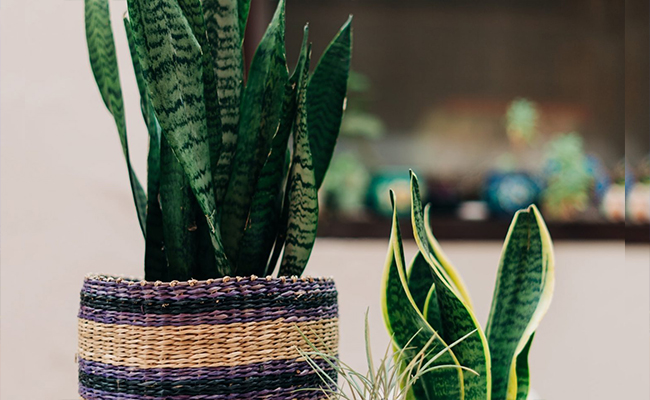
Below are the best indoor plants often recommended for mental health — brief, informative blurbs that help readers understand why to choose each.
• Snake Plant (Dracaena/ Sansevieria) - nearly indestructible, good for low light; symbolic stabiliser for bedrooms/desks.
• Peace Lily (Spathiphyllum) - elegant, flowers occasionally; good for low light; associated with calm spaces.
• Spider Plant (Chlorophytum comosum) - forgiving, great for shelves; classic air-freshening pick.
• Aloe Vera - useful gel + low care; bright light.
• Lavender - scent helps sleep and relaxation; needs sunlight.
• Jasmine - fragrant; used in relaxation/meditation corners.
• Pothos / Devil’s Ivy - trailing, easy-care, great for workstations.
• ZZ Plant (Zamioculcas zamiifolia) - tolerant, good for busy people.
• Boston Fern - humid, soothing, nice for bathrooms.
• Rubber Plant (Ficus elastica) - bold foliage; works as a living focal point.
How to Incorporate Healing Plants into Daily Life?
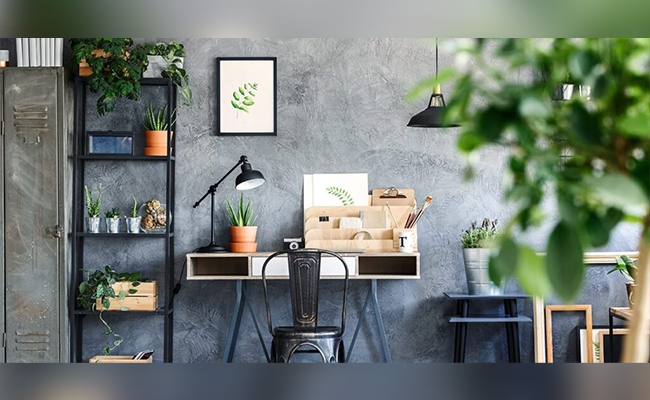
• Start small at your desk: a 10–15 cm pot beside your monitor.
• Design a meditation corner: Pair a Peace Lily or Lavender with a cushion and soft light.
• Bedroom rules: Opt for low-maintenance, non-allergenic plants (such as snake plants) and avoid those with heavy pollen production.
• Kitchen & bathroom micro-greenery: Herbs and ferns thrive in humidity, providing quick sensory boosts.
• Balcony mini-garden: Use vertical planters if space is tight.
• Office & corporate: companies can encourage wellbeing by gifting small plants (see gifting ideas below). For remote teams, consider ‘plant-on-camera’ days that foster a sense of culture and promote calmness.
If you prefer not to visit nurseries, you can buy plants online - many retailers offer beginner kits and care cards that make starting easy.
Tips for Maximum Mental Benefits
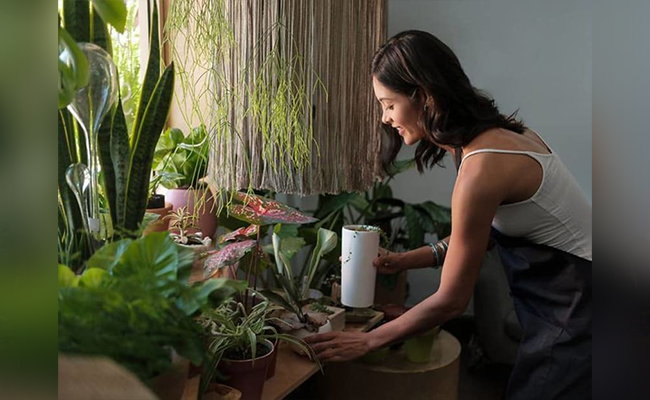
• Make care a short ritual: 5 minutes three times a week is better than sporadic over-attention.
• Combine senses: visual greenery + soothing scents (such as lavender and jasmine) = faster relaxation.
• Group plants: clusters look richer and increase the chance one will thrive.
• Rotate & observe: rotate pots for even light exposure and check leaves weekly for pests.
• Match plant to lifestyle: busy people - ZZ plant, Snake Plant; hobby gardeners - ferns, herbs.
• Use labels & care cards: keep a small card with notes on watering, light, and fertiliser.
Gifting Ideas - Occasions Where Healing Plants Make Perfect Presents
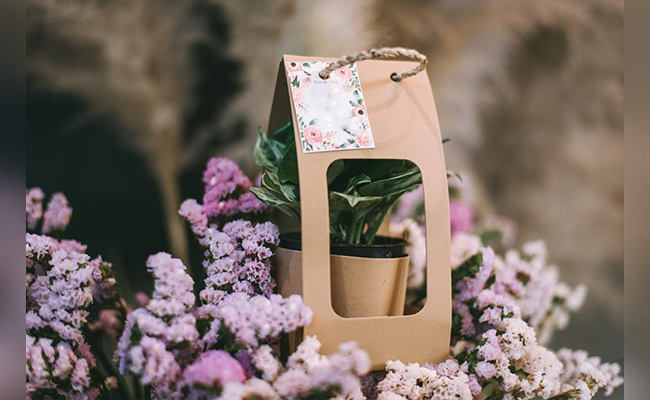
Birthdays, housewarmings, or corporate gifting, stress relief plants make thoughtful presents that bring calm to any space
• Birthdays & housewarmings: a medium-sized plant + care card.
• Festivals (Diwali, Eid, Christmas): paired with sweets or a small diffuser.
• Corporate gifting: branded pots or wellness boxes with airpurifying plants for desks.
• Sympathy & slow-well wishes: non-florals like Peace Lily or a bonsai feel long-lasting and thoughtful.
Challenges & Practical Solutions
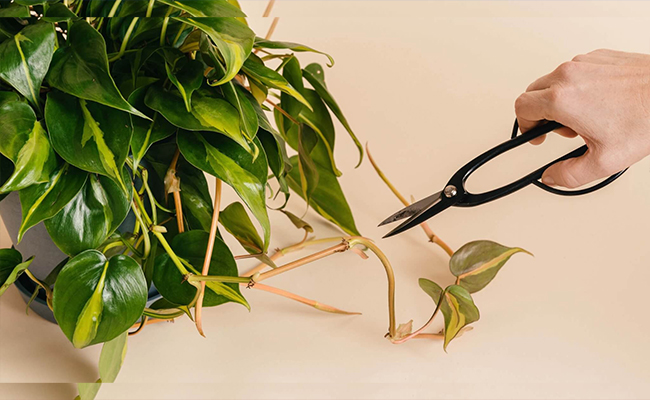
• Allergies: If pollen is a concern, consider choosing low-pollen or foliage-only plants (e.g., Pothos, Snake Plant).
• Pets: Some popular plants (Peace Lily, Philodendron) are toxic to cats/dogs, pick pet-safe species instead.
• Light & space constraints: use grow-light bulbs or choose tolerant species (ZZ plant, Snake Plant).
• Pests & overwatering: prevent root rot by using well-draining soil and avoid daily watering; check the soil moisture regularly.
• Expectation gap: Plants improve perceived air quality and mood, but they are not a substitute for ventilation or professional mental health care.
Final Thoughts
Plants are one of the simplest and most accessible tools for enhancing daily well-being. They don’t replace therapy, medication, or good sleep, but they do offer measurable reductions in stress, boosts to mood and attention, and an easy path to more mindful living. Start small, choose plants that fit your life, and enjoy the compound benefits of a little more green in your routine.
FAQs
Q.1 What are the psychological benefits of having greenery at home?
Ans. Lowered stress, improved mood, better concentration, and a stronger sense of routine and purpose. Research shows both subjective improvements and measurable physiological signs of reduced stress.
Q.2 How does interacting with plants boost mood?
Ans. Interaction focuses attention (mindfulness), produces small wins (you kept something alive), and stimulates pleasant sensory responses, all of which improve mood.
Q.3 Can plants improve focus and productivity?
Ans. Yes, studies show improved attention capacity and workplace productivity when greenery is introduced, though effects vary by setting and implementation.
Q.4 Which plants are best for meditation or relaxation corners?
Ans. Lavender, Jasmine (for scent), Peace Lily and small, sculptural plants like a bonsai are excellent choices. Keep scents gentle so they don’t overpower your breathing exercises.
Q.5 Are air-purifying plants worth it?
Ans. They’re worth it for perceived air quality and aesthetic/psychological benefits. For measurable air purification in buildings, relying on ventilation or air purifiers, plants are complementary, not replacement technology.















